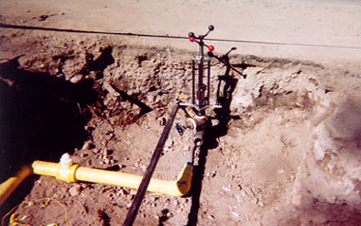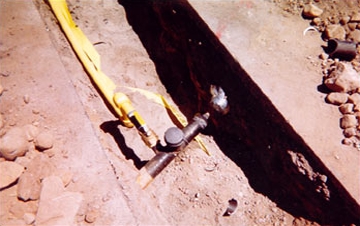What Is Butt Fusion?
The butt fusion process is under the larger umbrella of plastic welding and involves the heating of two separate plastic components, usually either two pipes or a pipe and a fitting.
Mostly used for natural gas, water and waste water services.
Butt Fusion Process
Historically, this process was mainly applied to polyethylene but recently polypropylene has seen rapid growth. However, the process is general to most thermoplastic pipes. At its most simplistic level, heat is applied by an electrical heating plate to the ends of both parts simultaneously until melting occurs. Then, the heater plate is removed and pressure is applied for a specified period of time creating “weld beads”. The joint has a typical appearance when properly constructed which is used in joint inspections or audits – especially for critical applications like natural gas pipes . While the details of temperature, pressure and time will depend on the polymeric material, the basics are the same.
Typical Applications
Municipal & Industrial
Water, waste water and natural gas HDPE piping is the perfect solution for many applications, including those involving hazardous chemicals. The heat-fused joints of HDPE pipes are leak-free and as strong or stronger than the pipe itself. Because of the material’s flexibility, fewer fittings are needed to install the system, and it can withstand constant pressures of up to 500 psi (DR5) and service temperatures as high as 140°F.
A few common industrial applications for HDPE pipe include:
- Power plant operations
- Water
- Waste water
- Semiconductors
- Mines
- Liquified natural gas
- Natural Gas and Propane systems.


